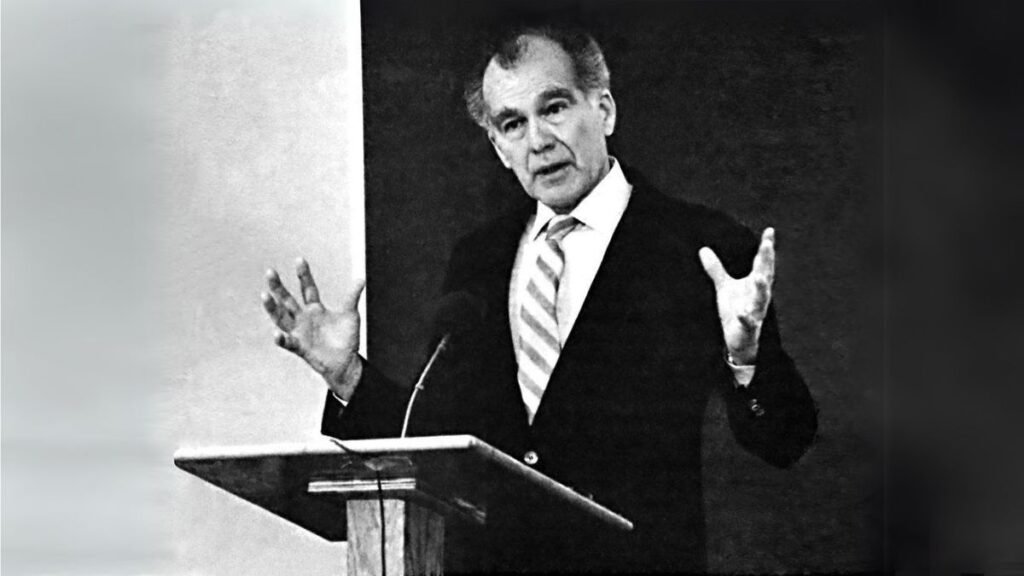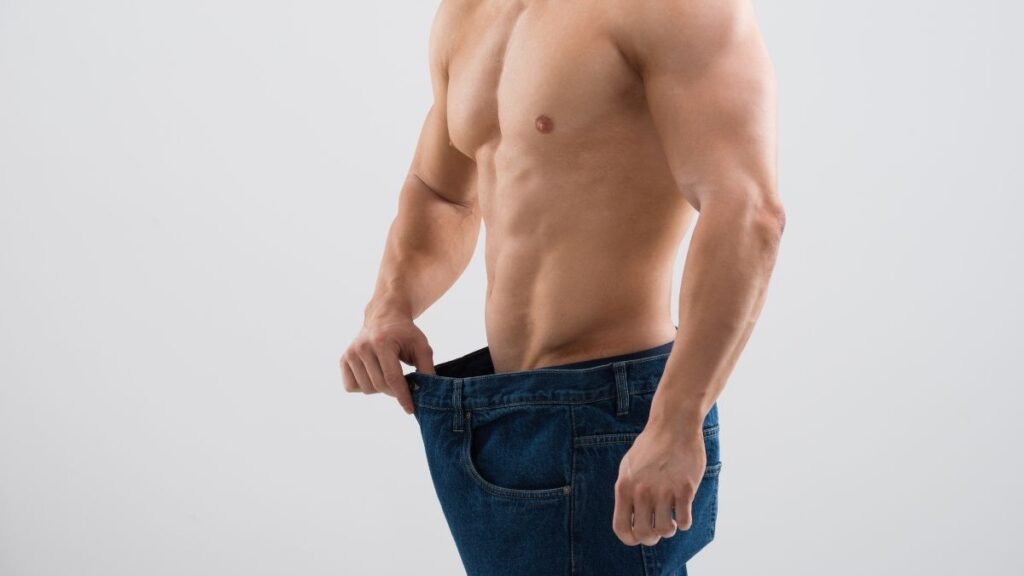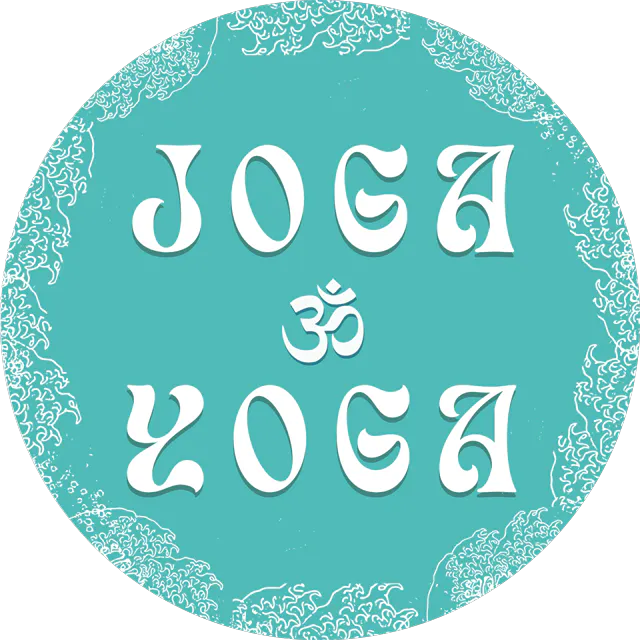What Is Somatic Exercise?
Somatic exercise refers to a class of movements that prioritize internal sensation over external performance. The term soma is derived from Greek, meaning “the living body as experienced from within.” Unlike traditional workouts that focus on form, reps, or calorie burn, somatic practices teach you to tune into the body’s inner messages—how it feels, not just how it looks.
Origins and Foundations
The concept was developed by Thomas Hanna, who founded Hanna Somatic Education, a method of retraining the nervous system to release habitual tension. He built on the pioneering work of Moshe Feldenkrais, creator of the Feldenkrais Method, and F.M. Alexander, who developed the Alexander Technique to improve posture and breath.
Today, somatic methods are used in yoga therapy, neuromuscular rehabilitation, and mind-body modalities like Marma Point Activation, which aims to tune into subtle internal states for better health.

How It Differs From Conventional Exercise
Traditional exercise often rewards force, pace, or repetition. Somatic movement rewards awareness, precision, and nervous system recalibration. It’s not about how much you do, but how well you do it. Suppose you’ve ever struggled with motivation or burnout from intense fitness routines. In that case, somatics offer a much-needed contrast, just like practices such as Pranic Healing, where energy awareness outweighs brute physical effort.
How Somatic Exercise Works for Weight Loss
Somatic movement may not burn massive calories per session, but it influences how your body stores, uses, and responds to fat, especially stress-related fat. Here’s why it’s a relevant and underused strategy in sustainable weight loss.
Nervous System Re-Education and Muscle Tension Release
Somatic techniques help reprogram the brain-body connection by targeting sensory-motor amnesia—the habitual tension patterns that keep muscles locked and joints misaligned. When muscles are freed from constant contraction, movement becomes more efficient, and resting metabolic rate may increase subtly due to improved posture and oxygen flow.
Cortisol, Stress Fat, and Nervous System Regulation
Stress is one of the most underrated factors in fat retention. Elevated cortisol levels, especially from poor sleep or overtraining, promote belly fat storage. Somatic movement calms the system by shifting you into a parasympathetic state. This works synergistically with practices like Simple Yoga Poses for Better Sleep, which also focus on relaxation-driven metabolism.
Improves Vagal Tone and Body Sensitivity
The vagus nerve plays a central role in digestion, inflammation, and appetite. Somatic practices that include slow breathing and conscious micro-movements stimulate this nerve, improving vagal tone. A better-regulated vagus system means fewer stress spikes, better hunger control, and improved energy balance.
Builds Better Posture, Breathing, and Movement Economy
Postural alignment impacts everything—from breathing efficiency to digestive function. By improving coordination between the spine, pelvis, and diaphragm, somatic work restores natural breathing rhythms. This is closely tied to the effects of practices such as Yoni Mudra, which also use subtle internal gestures to improve nervous system regulation.
Reduces Unconscious Compensatory Patterns
Your body might be moving inefficiently without you realizing it. From locked hips to clenched jaws, these compensation patterns lead to fatigue, energy leaks, and reduced movement enjoyment. Somatic work retrains these habits, allowing your body to move with less resistance and more grace, which supports daily calorie burn through improved mechanics.
Benefits of Somatic Movement for Metabolism and Fat Loss
Rather than attacking fat through force, somatic movement helps regulate the internal conditions that determine whether your body stores or releases it. This inside-out approach is essential for long-term change.
Enhances Parasympathetic Response
When you’re in a calm state, your body prioritizes digestion, healing, and fat metabolism. This is why somatic work pairs well with calming practices like Yoga for Stress Relief, which improve hormone balance and reduce binge-eating triggers.
Reduces Emotional Eating via Body Attunement
Somatic exercises train your awareness of internal states like tension, hunger, or satisfaction. This helps decouple stress from food, improving the clarity of your hunger cues and reducing unconscious snacking.
Improves Sleep and Recovery
Sleep and recovery are weight loss multipliers. Somatic sessions done before bed calm the nervous system, reduce muscular tension, and improve melatonin production. More restful sleep = better fat oxidation the next day.
Supports Long-Term Movement Consistency
Because somatic exercises are gentle, low-impact, and mentally soothing, they’re easy to do consistently, even on low-energy days. This consistency adds up over weeks and months, especially for those transitioning out of sedentary lifestyles or burnout cycles.
Builds Foundational Awareness for Exercise Adherence
By making your body a more comfortable place to live in, somatic movement improves your desire to move, not just your capacity. This subtle shift is often what determines whether someone returns to their mat or skips it altogether.

Best Somatic Exercises for Weight Loss
Here are five beginner-friendly exercises that embody the principles of somatic movement and directly support weight regulation.
1. Pandiculation
This involves slow contraction followed by release and is often mistaken for a stretch. But unlike passive stretching, pandiculation retrains the brain to “let go” of chronic muscular holding patterns, especially in the hips and lower back.
2. Somatic Cat-Cow (Slow Motion)
By slowing the traditional Cat-Cow movement to a near crawl, you allow your nervous system to feel every shift in spinal articulation. This brings attention to breath rhythm, back tension, and core engagement—all of which affect metabolism.
3. Feldenkrais Rolling Series
Lying on the floor, you explore gentle, rolling movements to reconnect the spine with the pelvis and shoulders. These patterns build neurological coordination, reduce joint strain, and improve your efficiency in daily movement.
4. Body Scan + Micro Movements
A foundational practice where you scan the body in segments, adding subtle shifts (toes, jaw, pelvis). These small changes activate underused areas and deactivate overactive ones, rebalancing posture and calming the mind.
5. Somatic Walking (With Breath Awareness)
Walking becomes a nervous system reset when paired with slow, conscious breath and gait awareness. You learn how your body naturally wants to move, making daily walking more restorative and fat-burning.
Sample 7-Day Somatic Reset Plan (For Beginners)
You don’t need 60-minute sessions to see results from somatic movement. A focused 5–10 minute daily practice can begin rewiring your nervous system and setting the stage for sustainable weight loss.
This 7-day reset plan gradually shifts from floor-based to standing postures, enhancing both physical awareness and nervous system regulation.
Day-by-Day Breakdown
| Day | Focus Area | Practice Type |
| Day 1 | Releasing lower back tension | Somatic Cat-Cow, Pelvic Tilts |
| Day 2 | Neck and shoulder decompression | Body scan + Micro Movements |
| Day 3 | Core and breathing integration | Somatic Dead Bug, Breath-Body Sync |
| Day 4 | Hip mobility and gait | Feldenkrais Rolling, Leg Slides |
| Day 5 | Standing balance and posture | Somatic Tree Pose, Heel Lifts |
| Day 6 | Breath-led walking meditation | Somatic Walking |
| Day 7 | Integration and reset | Full body scan, Pandiculation |
Each day’s routine can be layered with Morning vs Evening Yoga to align with your energy patterns.
Somatic vs Traditional Exercise: Can You Really Lose Weight?
To evaluate the effectiveness of somatic movement, we need to compare it to traditional forms of exercise like cardio, HIIT, or resistance training.
| Feature | Somatic Exercise | Traditional Cardio / HIIT |
| Intensity | Low to moderate | High |
| Focus | Nervous system, interoception | Heart rate, calorie burn |
| Suitable for injuries? | Yes | Often not |
| Emotional Regulation | High | Variable |
| Weight Loss Support | Indirect but sustainable | Direct, but can lead to burnout |
While somatics may not yield immediate visible changes, it supports long-term consistency, better body mechanics, and nervous system regulation, all of which prime the body for efficient fat metabolism over time.
For many, combining somatics with something like Heart-Opening Poses adds emotional release, which complements the physiological benefits.
How Somatic Movement Rewires Habits and Food Behaviors
Somatic work doesn’t just change how you move, it changes how you relate to your body, food, and triggers.
Brain-Body Connection and Hunger Awareness
Most people eat reactively, not responsively. Somatic practice builds interoceptive clarity, helping you distinguish real hunger from emotional voids.
Mindful Movement → Mindful Eating
Somatic movement trains your attention. This same mindfulness spills over into your meals, reducing overeating and binge cycles.
Breaking Fight-or-Flight Loops That Trigger Snacking
High stress = high cortisol = cravings. Somatic work shifts your nervous system into parasympathetic mode, making it easier to pause before reaching for food.
Interoception and Fat Storage Regulation
Improved body awareness has downstream effects on hormonal regulation, digestion, and fat storage patterns, especially around the abdomen.
Scientific Evidence and Expert Opinions
Emerging research in neuroscience, fascia studies, and somatic psychology supports the effectiveness of this practice.
Vagus Nerve and Metabolic Regulation
Studies on polyvagal theory show that improved vagal tone is linked to better blood glucose control, reduced inflammation, and fat metabolism. Slow movement and breath awareness activate this system.
Somatic Psychology and Stress Fat
Chronic fight-or-flight response is a key driver of cortisol-related fat. Experts like Peter Levine (Somatic Experiencing) and Bessel van der Kolk emphasize body-based regulation as a pathway to both trauma healing and physical transformation.
Hanna and Feldenkrais Insights
Thomas Hanna noted that “movement without awareness is wasted.” Similarly, Moshe Feldenkrais believed “the quality of movement determines the quality of life.” This applies deeply to weight loss, because awareness leads to long-term behavior change.
Who Should Try Somatic Exercise for Weight Loss?
Somatic practices are uniquely accessible. They meet you where you are — physically, emotionally, and energetically.
- People with stress-related weight gain (especially in the belly)
- Chronic pain sufferers needing gentle alternatives
- Yo-yo dieters looking to break cycles of self-sabotage
- Beginners who feel overwhelmed by gym culture
- Overtrained athletes who’ve plateaued or burned out
If your nervous system doesn’t feel safe, your body will hold onto weight. Somatic movement restores that felt sense of safety first.

Common Myths About Somatic Movement and Weight Loss
Let’s bust some common misconceptions and reframe them based on science and experience.
“It’s Not Real Exercise”
Reality: Somatic movement is exercise, just not the kind that chases exhaustion. It improves movement quality, nervous system efficiency, and metabolic readiness.
“You Need to Sweat to Burn Fat”
Reality: You burn the most fat at lower intensities. High stress often spikes cortisol, making fat harder to lose fat. Somatic work keeps the body in fat-burning zones through calm consistency.
“It Won’t Tone Your Body”
Reality: It tones the neuromuscular system, which governs how muscles fire. Over time, this leads to more fluid strength and less compensatory tension.
Final Thoughts: Sustainable Weight Loss Starts with Nervous System Safety
Most weight loss plans start with restriction or punishment. Somatic movement starts with curiosity, safety, and nervous system regulation, the very foundations your body needs to shift into a state of fat loss and healing.
Before diving into intense workouts or diets, experiment with somatics. Try layering it with yoga therapy, breathwork, or intuitive flow sessions that prioritize presence over performance.
Want to take your healing journey deeper? Our Yoga Teacher Training in Bali includes modules on somatics, nervous system science, and embodied movement, making it the perfect next step for transformation.

FAQs About Somatic Exercise and Weight Loss
Can somatic exercise alone help me lose weight?
Yes, especially if your weight gain is tied to stress, poor sleep, or nervous system dysregulation. It supports behavioral change and metabolic health.
How often should I practice somatic movement for results?
Start with 5–10 minutes daily, or 20–30 minutes three times a week. Consistency is more important than duration.
Do I need equipment or a coach to get started?
No. All you need is a quiet space, a mat, and your attention. But working with a trained guide can accelerate results.
What makes somatics different from stretching or yoga?
Somatics emphasize neurological re-patterning, not just flexibility. It focuses on how you move, not just the shape of the pose.
Can somatic exercise reduce belly fat or cortisol-related fat?
Yes, indirectly. By lowering cortisol, improving vagal tone, and correcting postural imbalances, somatic work addresses root causes of stress fat.






